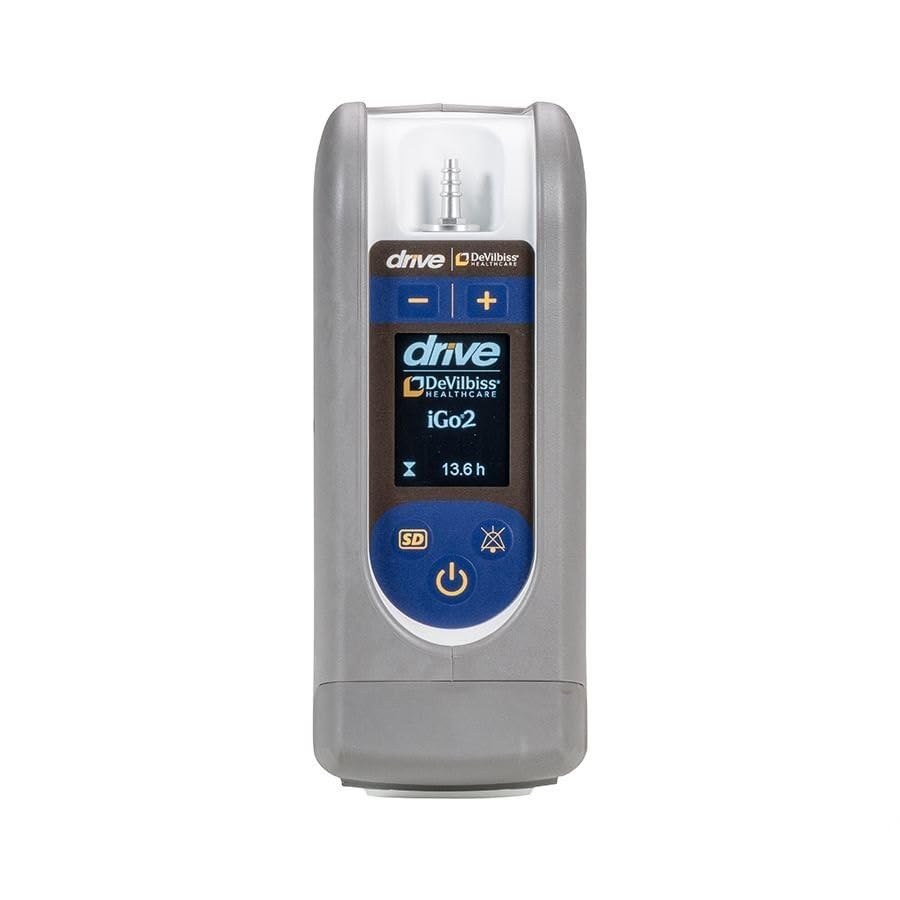Blood tests are an essential part of diagnosing and managing various health conditions, and their accuracy is paramount. Phlebotomists and other health care professionals must take special care when drawing blood to ensure patient comfort and avoid complications such as bruising. In this blog post, we will discuss various techniques and best practices to avoid bruising when drawing blood from a vein. Whether you’re a seasoned professional or a novice, these tips will help ensure your patients have a smooth and comfortable experience.
1) Choose the right equipment:
Before you begin, it is crucial to select the appropriate equipment for the task at hand. The proper needle size, tourniquet, and collection tube are all essential for a successful blood draw. A smaller needle (21-23 gauge) is recommended, as it causes less trauma to the vein and surrounding tissues, reducing the risk of bruising. Additionally, using a tourniquet that can be quickly released can help minimize the buildup of pressure in the veins, further lessening the chance of bruising.
2) Optimal site selection:
Finding the best site for venipuncture is critical in avoiding bruising. The ideal site has a large, easily accessible vein with good blood flow. The antecubital area (the inside of the elbow) is the most commonly used location due to its large, visible veins. However, if a suitable vein cannot be located there, other sites, such as the back of the hand or the wrist, can also be used. It is essential to avoid veins that are fragile, thin or rolling, as these increase the likelihood of bruising.
3) Gentle palpation:
When locating the vein, apply gentle pressure with your fingertips rather than probing forcefully. This will help you better feel the vessel’s size and direction, enabling you to adjust your technique accordingly. Pressing too hard can cause discomfort to the patient and lead to bruising due to localized tissue damage.
4) Steady needle insertion and removal:
A steady hand is essential for successful blood draws. The needle should be inserted swiftly and confidently, with the bevel facing upwards. A time-efficient insertion reduces the chance of bruising caused by prolonged manipulation of the skin, vein, and surrounding tissues. Similarly, keep your hand steady when removing the needle, pulling it out smoothly and efficiently. Applying pressure immediately on the site after the needle is removed with a cotton ball or gauze pad will help prevent bruising by minimizing blood leakage into the surrounding tissues.
5) Patient positioning and comfort:
Ensuring the patient is in a comfortable position before drawing blood is essential to prevent bruising. Having the patient’s arm slightly extended below the heart level will promote blood flow and vein fullness, making the procedure smoother and reducing the risk of bruising. It is also crucial to consider the patient’s comfort throughout the blood draw, as anxiety, tension, or sudden movement during the procedure may cause complications and increase the risk of bruising. Calmly explaining the process and answering any questions the patient may have can help to alleviate their anxiety and ensure an uneventful blood draw.
While bruising is a relatively common side effect of venipuncture, implementing the right techniques and aftercare can significantly reduce the risk. Understanding these tips can empower you to communicate your concerns and work collaboratively with healthcare professionals to ensure a safe and efficient blood draw experience. Remember to always voice your concerns, and if problems persist, seek further advice from medical professionals. By being proactive with preventative measures and aftercare, you can reduce the potential for unsightly and uncomfortable bruises from venipuncture.
Summary
1. Apply pressure: After the needle is removed, apply firm pressure to the site for at least 5 minutes. This can help prevent blood from leaking out and causing a bruise.
2. Choose the right needle size: A smaller needle is less likely to cause a bruise. A trained healthcare professional should select the appropriate needle size for the patient.
3. Choose the right site: The best site for drawing blood is usually the inside of the elbow or the back of the hand. Avoid areas with visible veins or areas that have been recently bruised or injured.
4. Be gentle: Insert the needle slowly and gently, and avoid moving it around too much. This can help reduce trauma to the surrounding tissue.
5. Use a tourniquet properly: A tourniquet can help make the vein more visible and easier to access, but it should not be left on for too long. Leaving a tourniquet on for too long can cause bruising and other complications.
6. Stay hydrated: Drinking plenty of water can help make the veins more visible and easier to access.
It’s important to note that bruising can still occur despite taking these precautions, but they can help reduce the risk. If a bruise does occur, applying a cold compress to the area can help reduce swelling and discomfort.




























